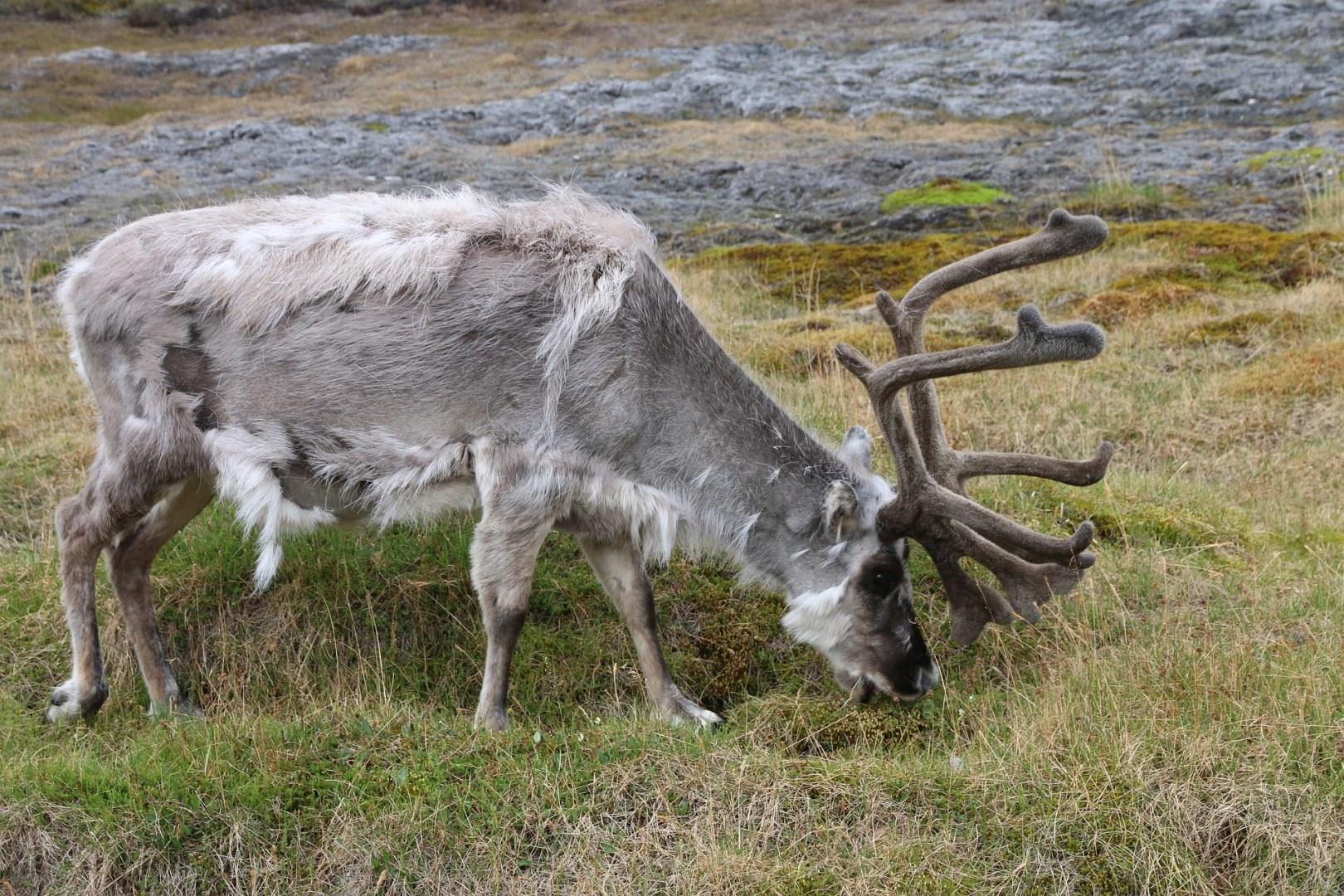

Swakopmund
Swakopmund, Namibia, is a charming coastal city that merges German colonial history with the rugged beauty of the Namib Desert. Founded in 1892, Swakopmund retains its old-world charm through well-preserved architecture, such as the striking Swakopmund Lighthouse and the historic Jetty. This coastal gem offers a unique combination of beachside relaxation and adventurous desert exploration, making it an alluring destination for diverse interests.

Vanuatu
Vanuatu is an independent republic in the southwestern Pacific Ocean, consisting of a group of about 70 islands including Espiritu Santo (the largest), Malakula, Efate, Erromango, and Ambrym.

Kigali
Kigali, the vibrant capital of Rwanda, is a city that effortlessly blends the old with the new. As the political and economic heart of the country, Kigali offers visitors a rich cultural experience, alongside a commitment to cleanliness and modernity.

Donegal
Donegal, a picturesque town nestled in the northwest of Ireland, offers a perfect blend of rich history, rugged landscapes, and a warm Irish welcome. Known for its dramatic coastline along the Wild Atlantic Way, Donegal is a haven for nature lovers, history buffs, and those seeking an authentic slice of Irish life. The town's centerpiece, Donegal Castle, built by the O'Donnell clan in the 15th century, provides a fascinating glimpse into the region's Gaelic heritage.

Oaxaca
Oaxaca, nestled in the heart of southern Mexico, is a city where ancient traditions and vibrant culture thrive. Renowned for its rich history and indigenous heritage, Oaxaca offers a unique blend of pre-Columbian, colonial, and modern influences. The city's historic center, a UNESCO World Heritage site, is a testament to its past, featuring stunning colonial architecture such as the Santo Domingo de Guzmán Church, a masterpiece of Baroque art.




